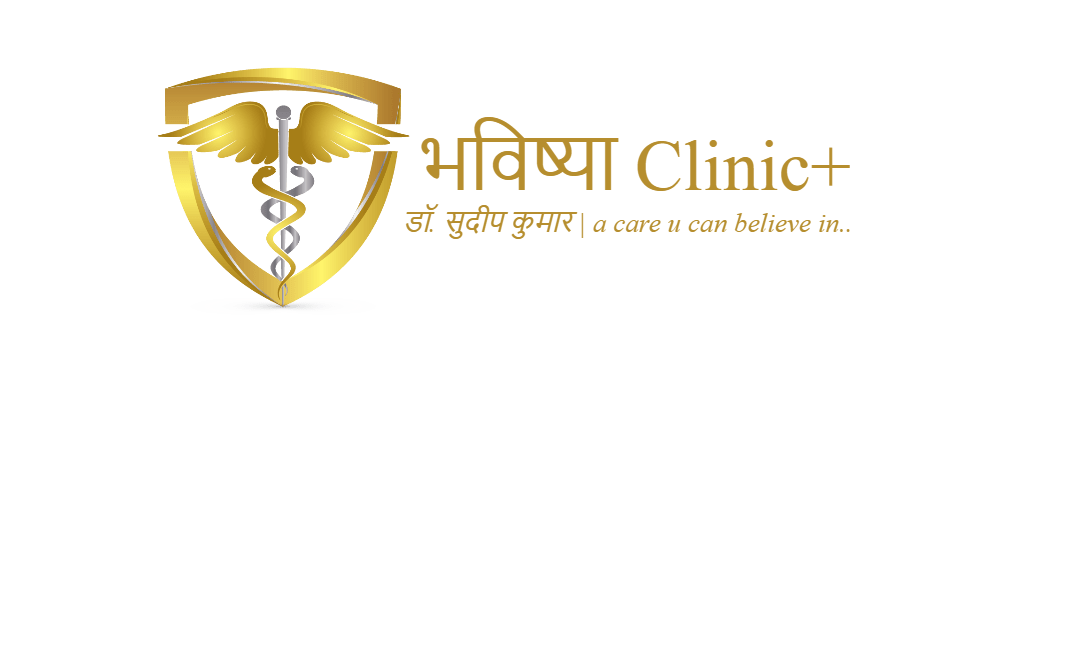1. Start off with confidence and assurance as start determines the end.
- Starting off with a smile and a confident communication voice can be the first step in achieving a good patient relationship.
- Referring to the patient by their name, or asking them how they were doing could make the patient comfortable in the first instance.
- If the doctor is accompanied by a colleague, he or she should be introduced to the patient so the patient is not confused with the presence of other doctors in the room.
- Sitting at eye level and maintaining good positive eye contact can also help the patient feel more confident with respect to the doctor.
2. Be a good listener As Active listening to your patient’s chief complaint and medical problems can sometimes be the ultimate route to the diagnosis.
- Most of the time the patients speak up about tiny bits of medical history and important events while describing their conditions, and if the doctor is actively listening, that would give the patient more of a positive receptive field and encourage him or her to talk more freely.
- This will help the doctor build a positive relationship with the patient which is of utmost importance when it comes to treatment acceptance and patient compliance.
- Patiently waiting for the patient to finish and avoidance of any interruption is essential here. The unnecessary interruption will lead to a slightly more dominant approach from the doctor’s end and that can sometimes pull the patients back and they may be hesitant to talk ahead.
- This process of patiently listening to the individual will also give the doctor some time to take down running notes which can help in treatment planning and providing the right care.
3. Talking in the patient’s language As Most of the time as medical professionals we are used to using medical terms so often in our practice, that we stick to the same practice and that can leave our patients confused at times.
- After listening to the patient’s chief complaint, the process of explaining the reasons for the medical condition the patient is suffering and the suggested treatment should be explained in crisp and easy language which will be suggestive of all the important things the doctor aims to tell the patient.
- Using the same language as the patient will make the patient all the more comfortable. In this process, the doctor can also aim at asking some important and relevant questions which can help in getting more information.
- In terms of these questions, for instance, the doctor can ask more descriptive and open-ended questions which will give the patient more scope to describe the chief complaint rather than closed-ended questions which will prompt the patient to just answer a “yes” or “no”.
4. An empathy-driven approach As Just handing the diagnosis to the patient and walking away or giving away the prescription and asking the patient to leave the desk, will not only leave the patient uncertain about the diagnosis and treatment but will also leave a bad taste in the practice and the quality of healthcare.
A good and effective doctor-patient relationship will involve a lot of passive hand-holding by the doctor in order to guide the patient on the right path. And that can be done by using the approach of developing empathy toward the patients. As doctors, it is important that we listen to our patients and understand their points of view even if we have different opinions with respect to them.
5. Communication is not just talking As To develop a good rapport and help the patient understand the treatment and medication condition better the doctors can use the following approaches too to facilitate better communication.
Hand-outs for visual understanding:
- Short videos explaining common medical conditions
- Follow-up instruction sheets for better understanding
- Informative pamphlets or e-pamphlets for patient education
- Sending short informative videos/e-posters and messages on regular basis for patient education and for staying in touch with the patients
- Use of social media platforms
Effective communication with patients is an extremely important part of the role of doctors to provide high-quality healthcare. A good doctor-patient relationship can increase job satisfaction and that in turn will help the doctors work and function better. Also, it can be a very big source of motivation and reassurance to the ailing patient. It will mentally help the patient come to terms with the medical condition he or she is suffering and that will in turn help in a better and faster recovery.
